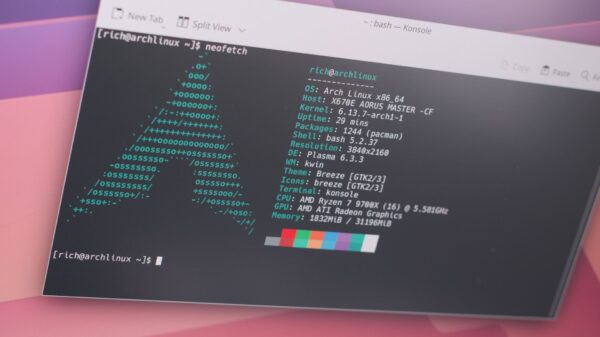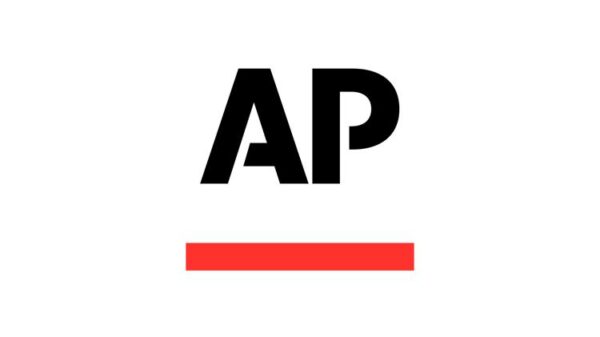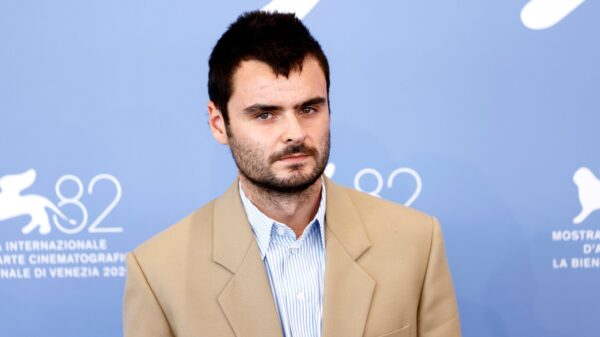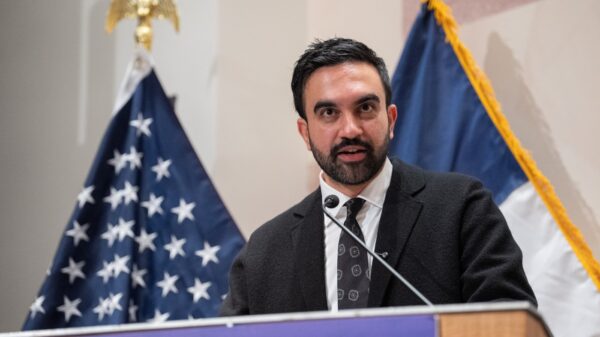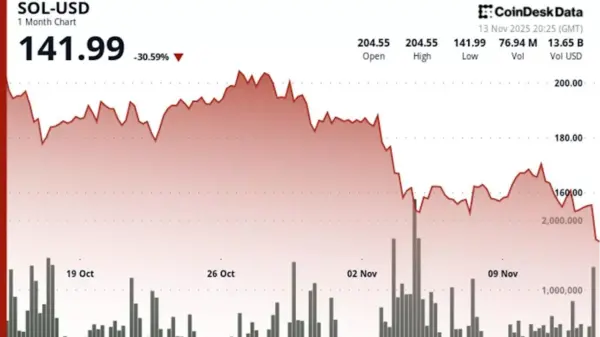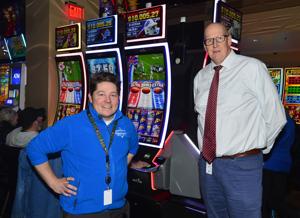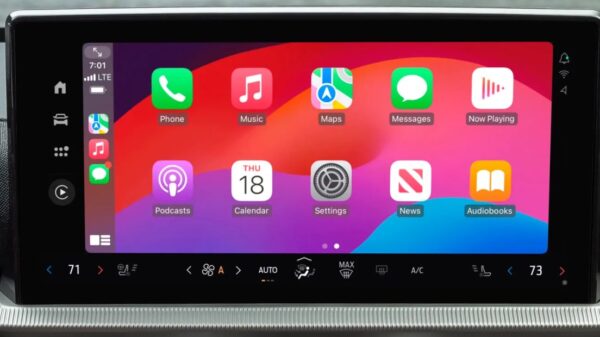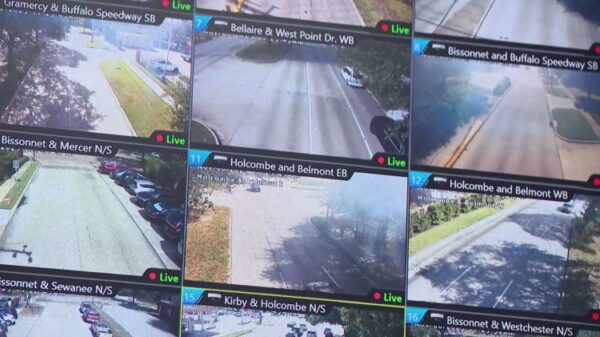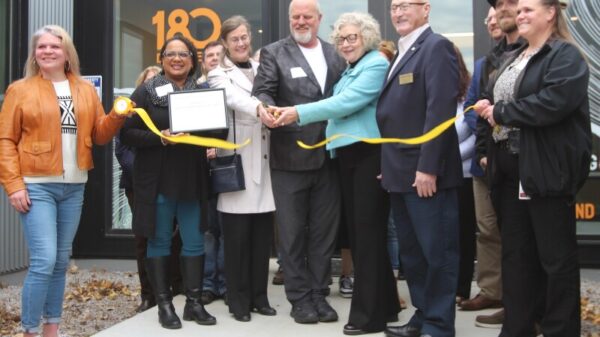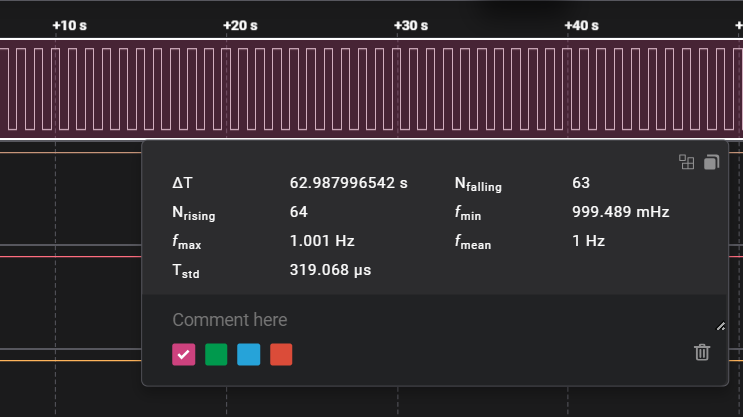In a remarkable demonstration of coding efficiency, programmer Rudra Lad has successfully created a Blink program that compiles to under 50 bytes for the 2025 One Hertz Challenge. This achievement showcases not only technical skill but also a deep understanding of microcontroller capabilities, specifically using the STM32F4 Discovery development board.
The Blink program, known as delay_blinky_13, is designed to toggle an LED on and off at a frequency as close to 1 Hz as possible. Notably, this version of the Blink program does not utilize any RAM, an unusual approach that significantly reduces its size. Instead, the entirety of the code is embedded within the Reset_Handler, eliminating the need for standard startup code commonly found in microcontroller applications.
Innovative Optimizations in Code
Lad’s optimizations involved several innovative techniques. One of the key strategies was using bit-banding, a feature that allows direct access to peripheral registers with fewer instructions than traditional methods. This approach not only minimizes instruction count but also enhances execution speed, contributing to the overall efficiency of the application.
Through meticulous adjustments to the delay counting routine, Lad was able to achieve a blinking frequency measured at 1.00019 Hz using a logic analyzer, bringing the result remarkably close to the target frequency. Such precision is impressive, especially given the constraints of working with a binary size under 50 bytes.
This achievement stands out in the embedded systems community, where projects typically have more generous space allowances. While it is rare for developers to work with such limited binary space, challenges like this encourage programmers to explore new ways to optimize their code.
Sharing Knowledge and Code
The code for delay_blinky_13 is publicly available on Github, providing an opportunity for others to learn from this concise implementation. The programming community often benefits from initiatives that push creativity and efficiency, and Lad’s entry into the One Hertz Challenge exemplifies this spirit.
For those who have developed their own compact binaries or have insights into programming optimizations, sharing such work can inspire further innovation in the field. This case serves as a testament to the power of coding ingenuity and the endless possibilities within embedded programming.



